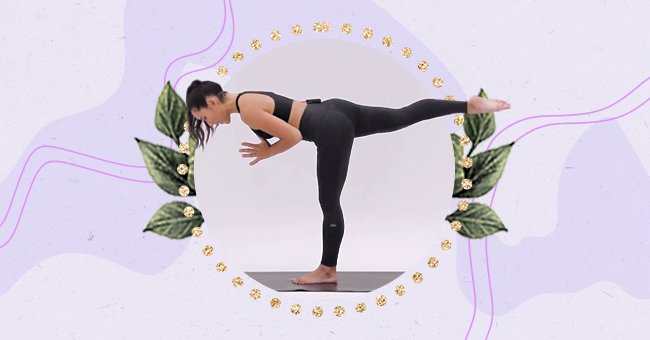
Unpacking The Benefits Of Chakras Yoga
Learn how to balance the energy in your body and align your chakras through yoga practice.
Transitional periods and periods of changes can take us off guard and lower our energy levels. Through consistent yoga practice, we can learn how to process changes in a balanced and healthy way.
The practice of chakra yoga was designed to help us navigate through these challenging times and learn how to deal with changes on multiple levels. Let’s check its benefits and which asanas are connected with them.

Photo by Darius Bashar on Unsplash
Muladhara Chakra (Root Chakra)
The Muladhara chakra is located at the pelvic floor and the base of the spine. It’s the first chakra, and it’s connected with stability and security. An imbalanced root chakra reflects the opposite — insecurity and fear.
Tadasana, the mountain pose, and Supta Baddha Konasana help us to feel grounded and stimulates the Muladhara chakra to open up.
Svadhisthana Chakra (Sacral Chakra)
The sacral chakra is based right above the pubic bone and below the navel. It’s linked to creativity, financial abundance, sensuality, pleasure, and so on. When this chakra isn’t balanced, one can feel financial insecurity or lack of creativity.
Humble Warrior pose (Baddha Virabhadrasana) and its other variations like Warrior 1 and 2 are good asanas to help open the hips. Mandukasana, frog pose is an excellent hip opener as well.
Manipura Chakra (Solar Plexus Chakra)
The third lower chakra is located from the navel up to the breastbone. Also called solar plexus chakra, it’s the energy center connected with inner power, self-esteem, and self-worth. When it’s out of whack, one might experience lower self-esteem and have no sense of self-worth.
Ardha Matsyendrasana (Half Lord of the fishes), Navasana (Boat Pose), and Balasana (Happy Baby) help to balance this chakra.
Anahata Chakra (Heart Chakra)
The heart chakra is the bridge between the lower chakras and the spiritual chakras. It’s located in the heart area, and it represents unconditional love, compassion, gratitude, and forgiveness. Someone with a closed Anahata chakra might feel jealousy and anger.
Look for asanas that help you to open your heart and chest, such as Ustrasana (Camel Pose), Setu Bandhasana (Bridge Pose), and Matsyasana (Fish Pose).
Vishuddha Chakra (Throat Chakra)
Vishudda Chakra is the first of the spiritual chakras. It is associated with self-expression, listening, communication and understanding. When the throat chakra is blocked, one might have difficulties speaking up and express themselves.
Opening the throat is important in this case, so try some asanas that will help you release energy in the throat area, for instance, Sarvangasana (Shoulderstand), and Bhujangasana (Cobra Pose).
Ajna Chakra (Third Eye Chakra)
Located between the two eyebrows, the Ajna chakra is also called Third Eye. It’s connected with our five senses and the sixth sense, our intuition. When the Third Eye Chakra becomes unbalanced; we experience nightmares, headaches, and have difficulty focusing.
The best way to unblock the third eye is through meditation, but practicing specific asanas can be helpful too. Try Virabhadrasana III (Warrior III Pose), Parsvottanasana (Pyramid Pose), and Balasana (Child’s Pose).
Sahaswara Chakra (Crown Chakra)
The last chakra is the Crown chakra, and it’s the energy center that connects us with the spiritual realm, with the Divine. When this chakra is out of balance, people might experience a sense of indifference and lack of purpose.
Just like the Third Eye, Sahaswara is better to be worked on during meditation. However, there are some yoga poses that can help balance and wake up this chakra, such as Padmasana (Lotus Pose), Adho Mukha Svanasana (Downward-Facing Dog), and Natarajasana (Lord of the Dance).